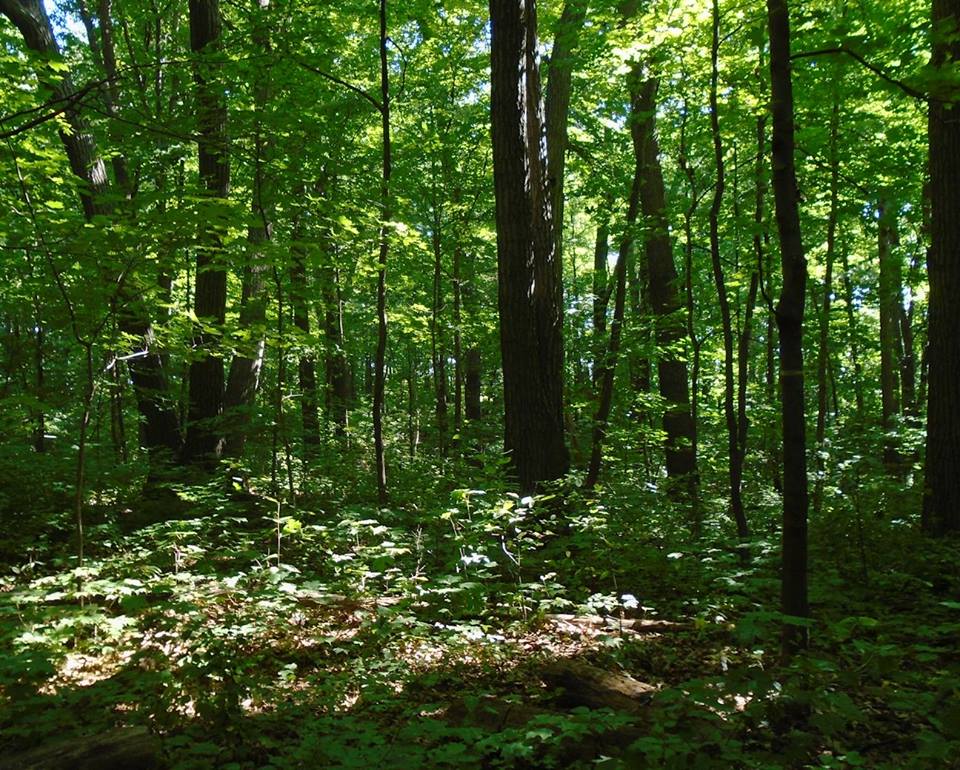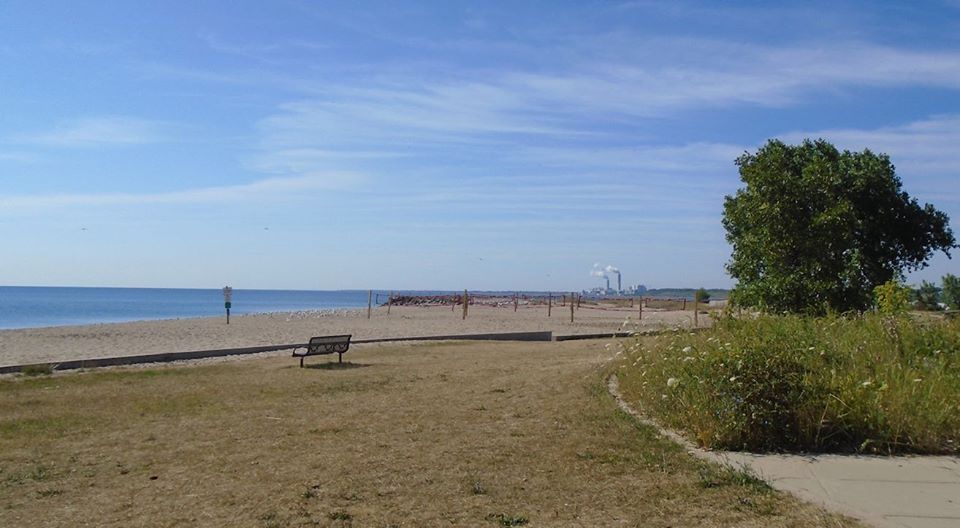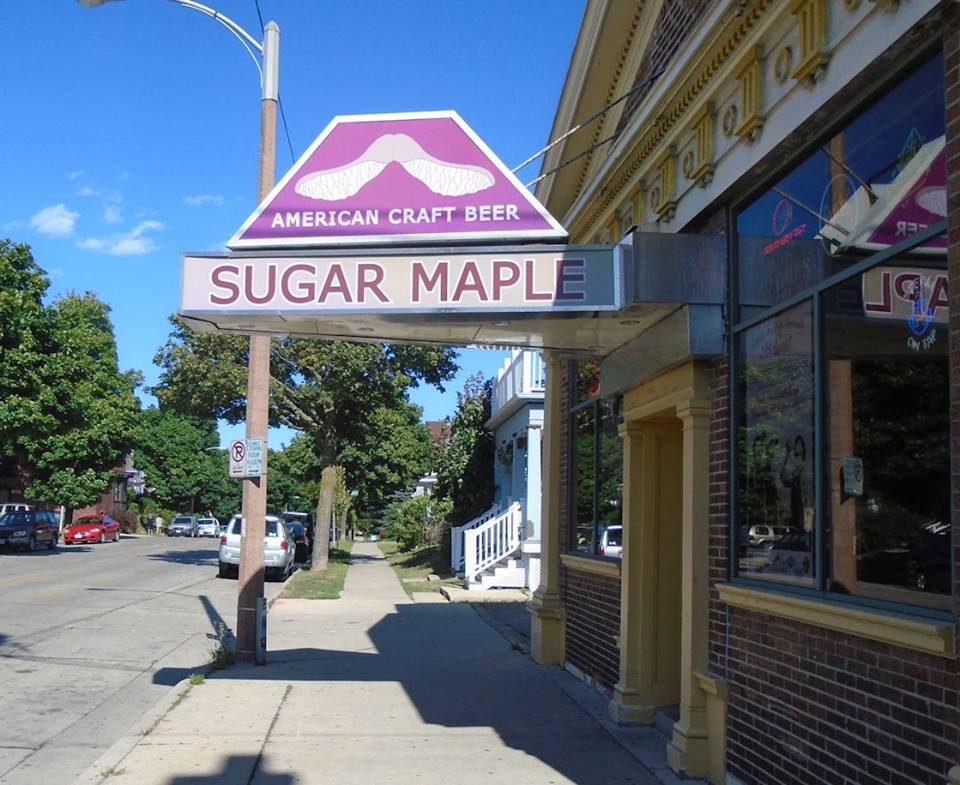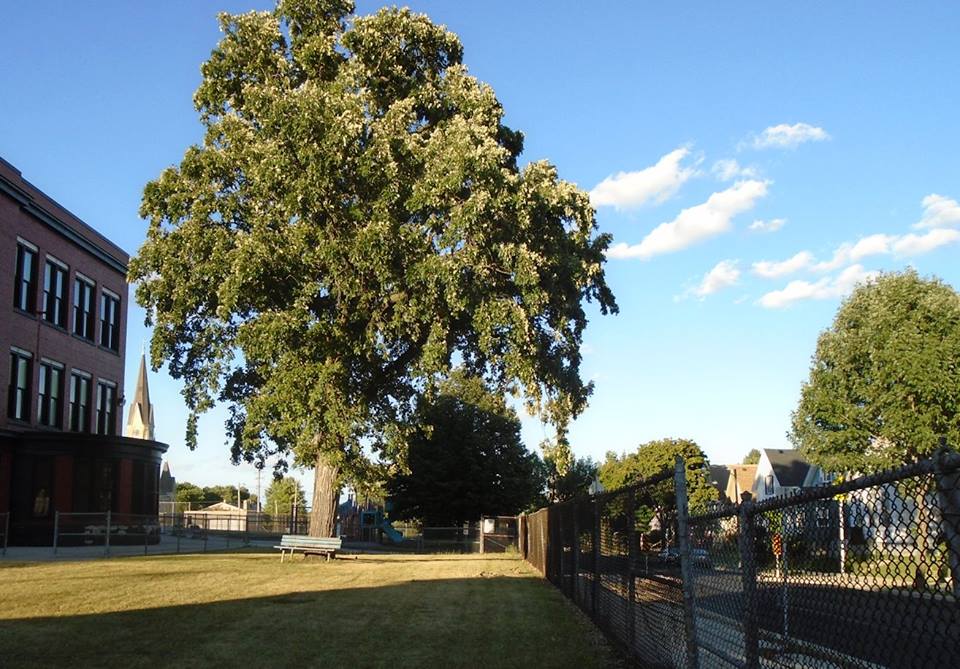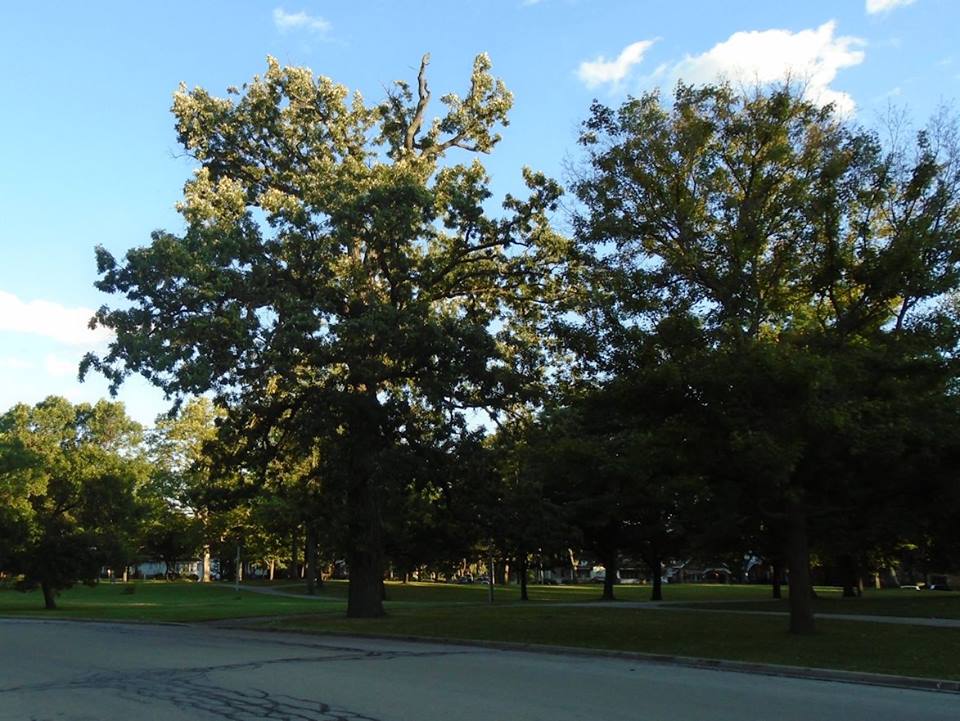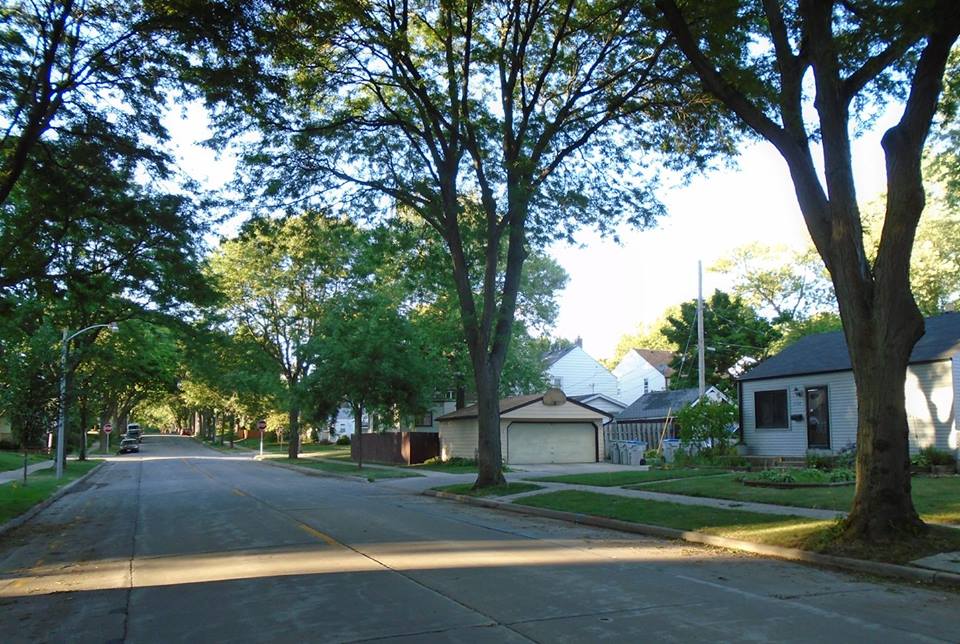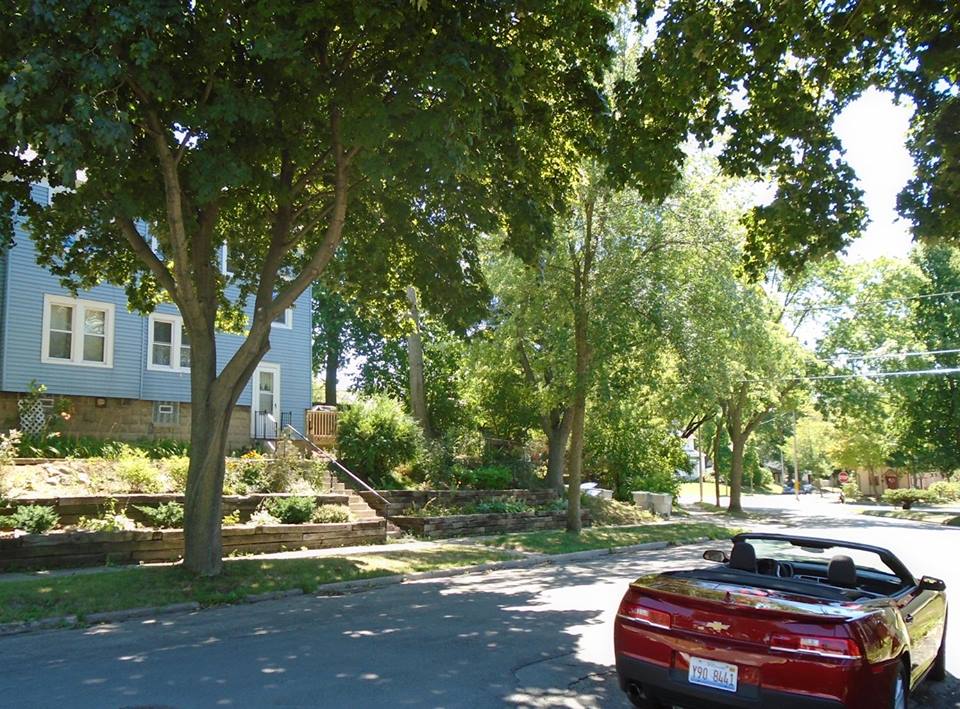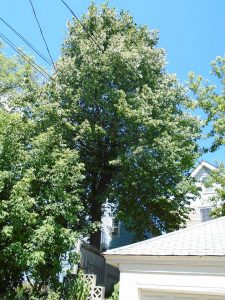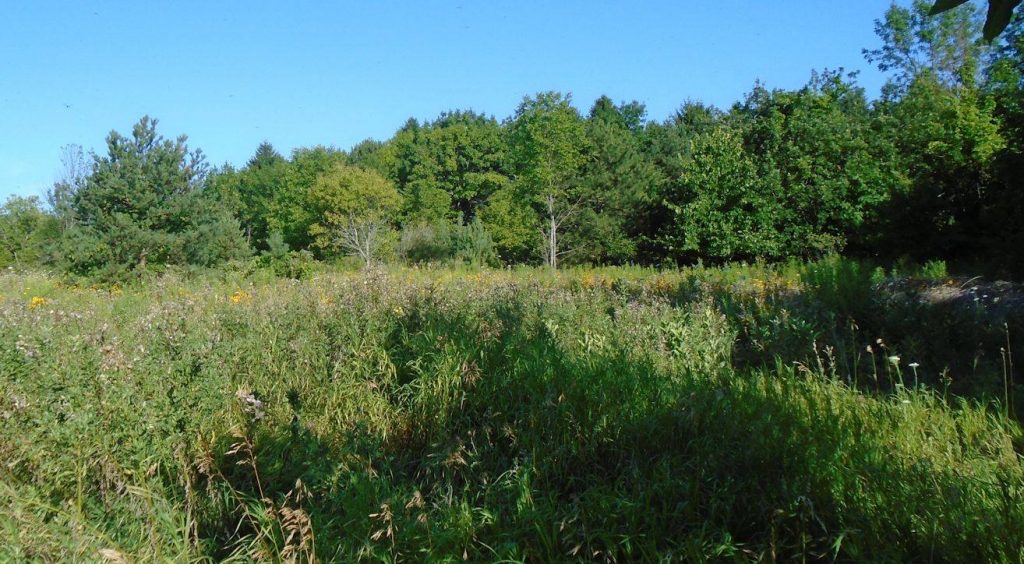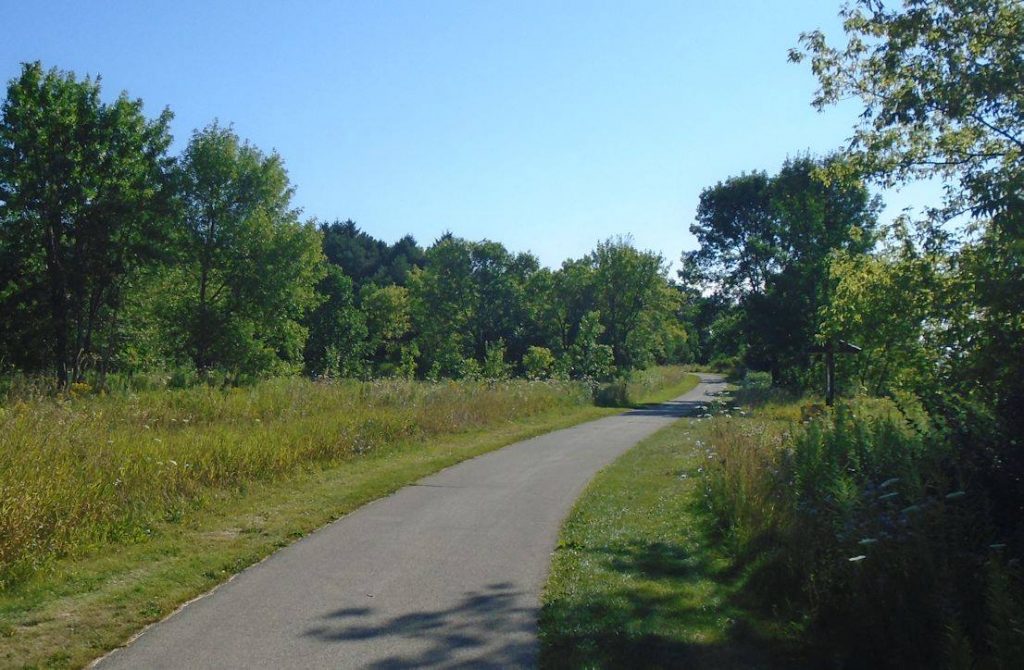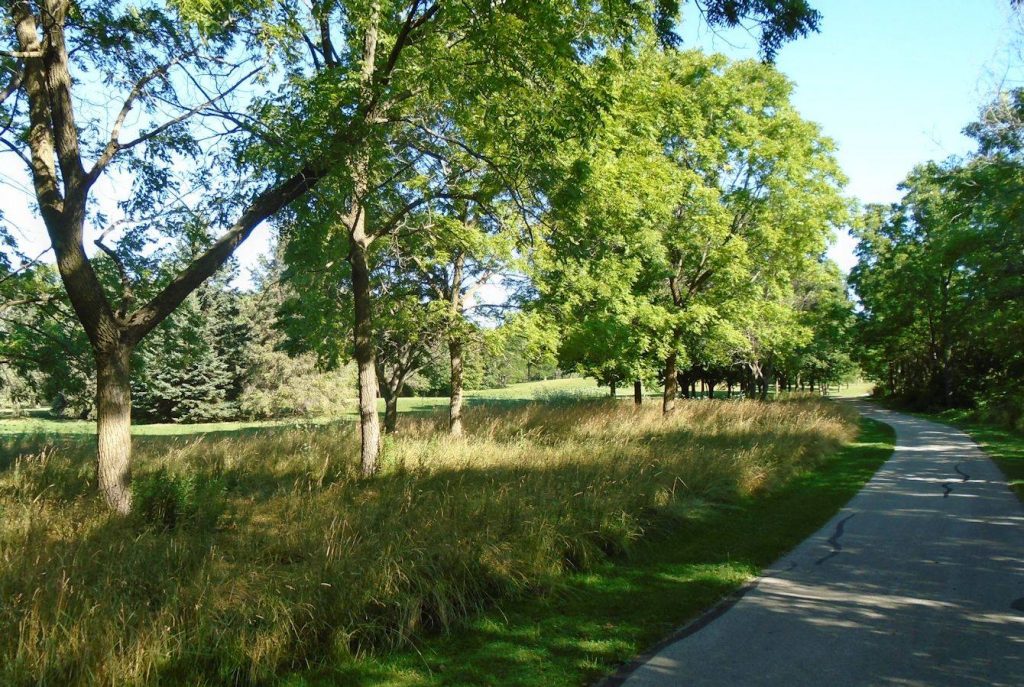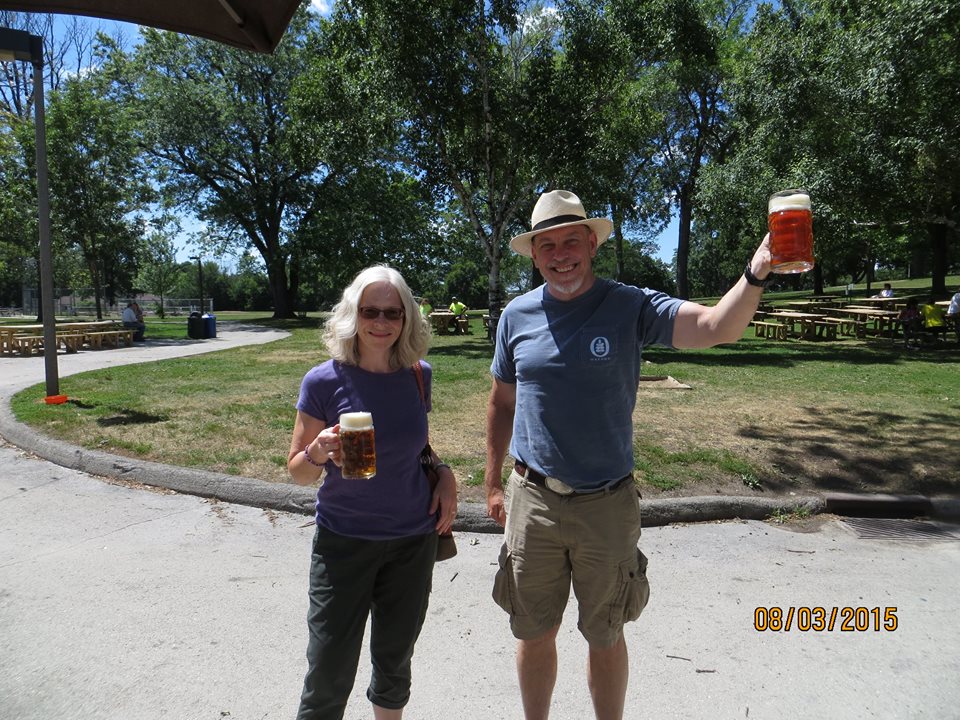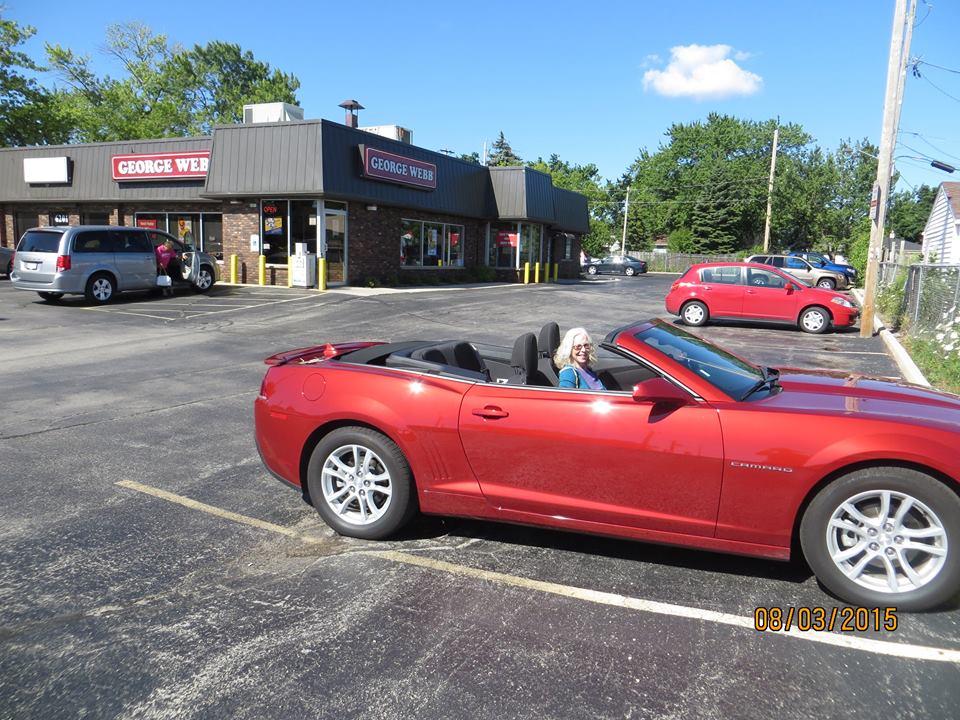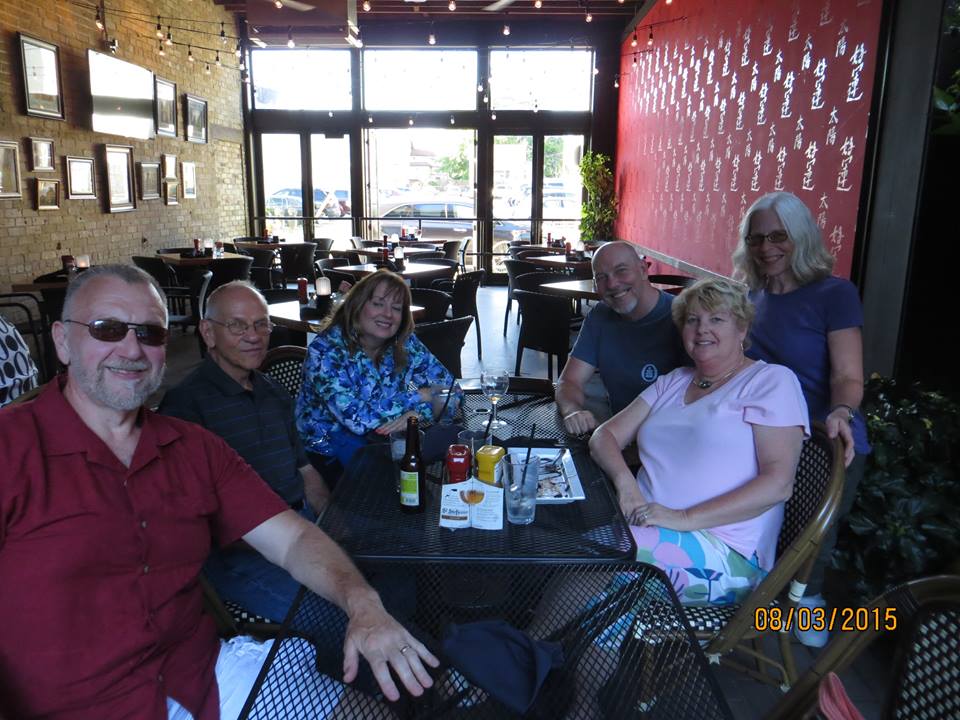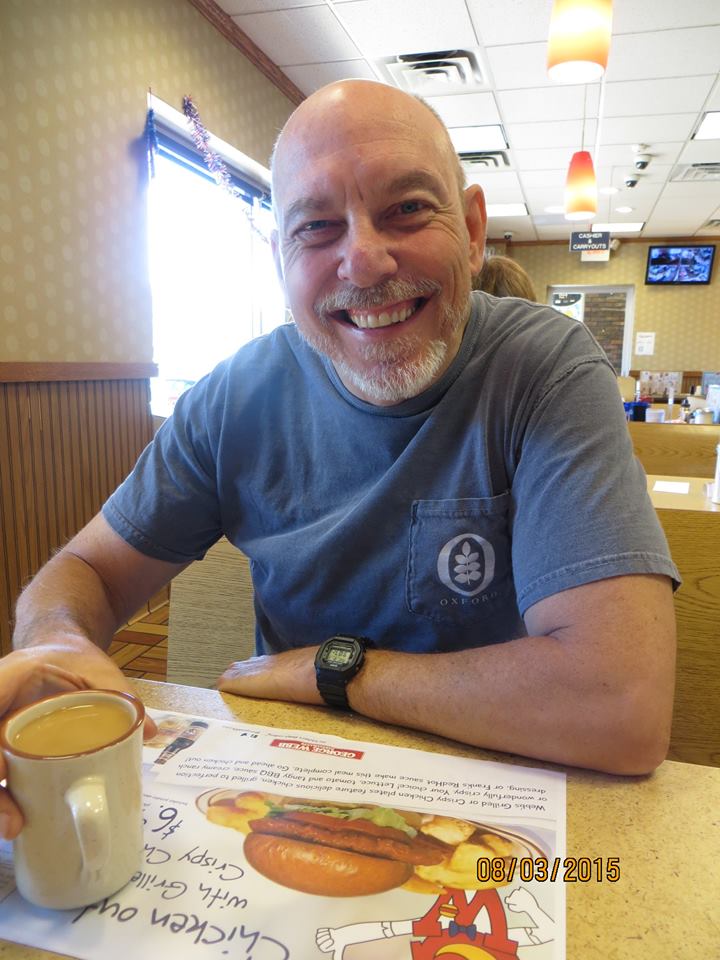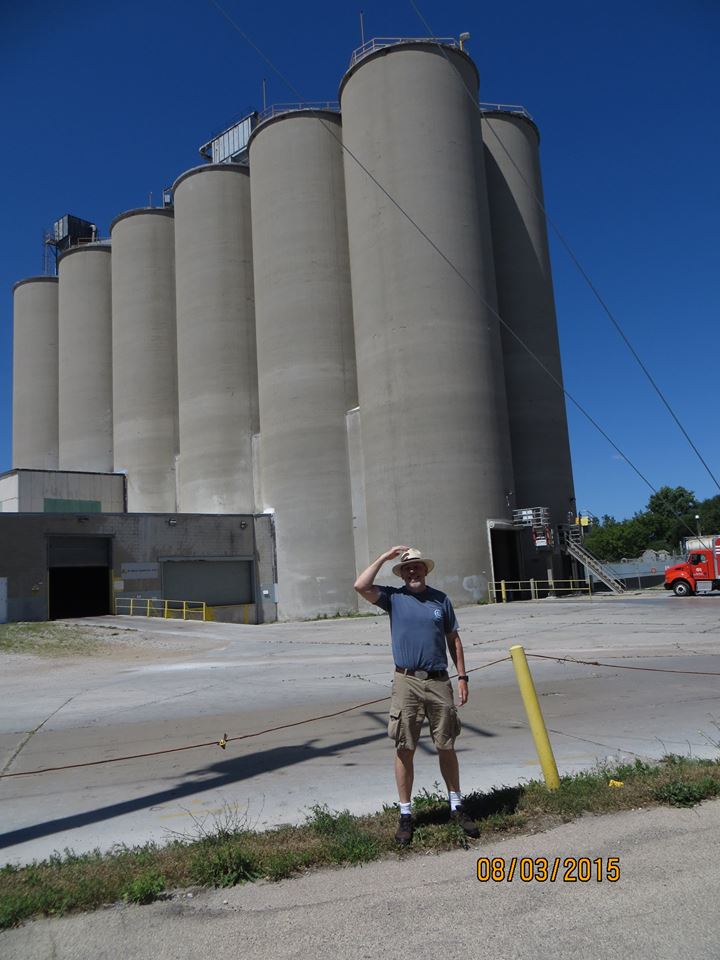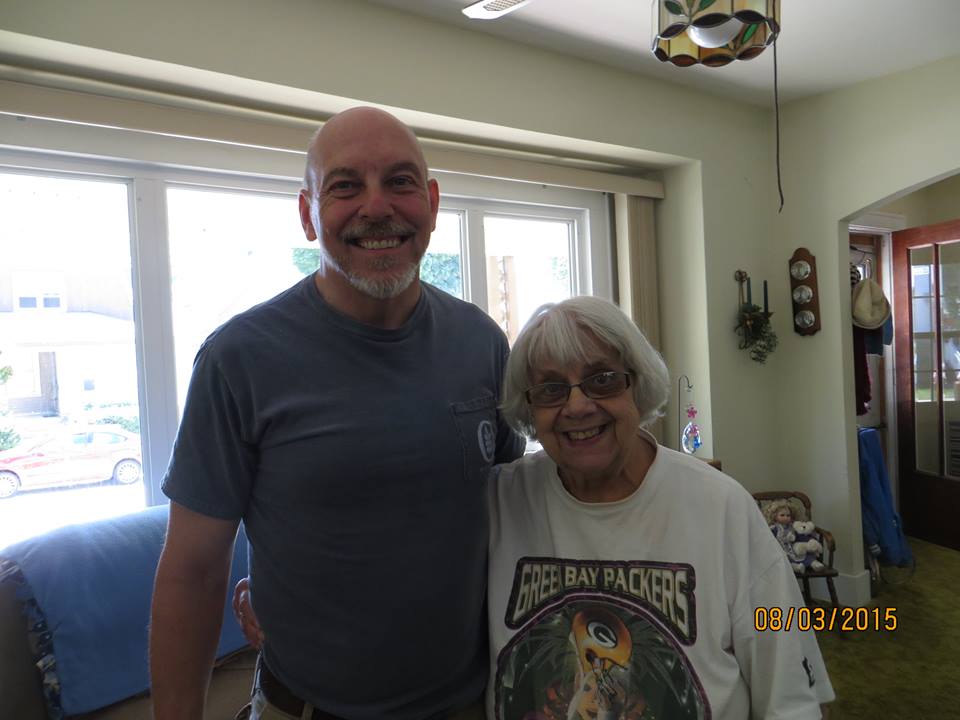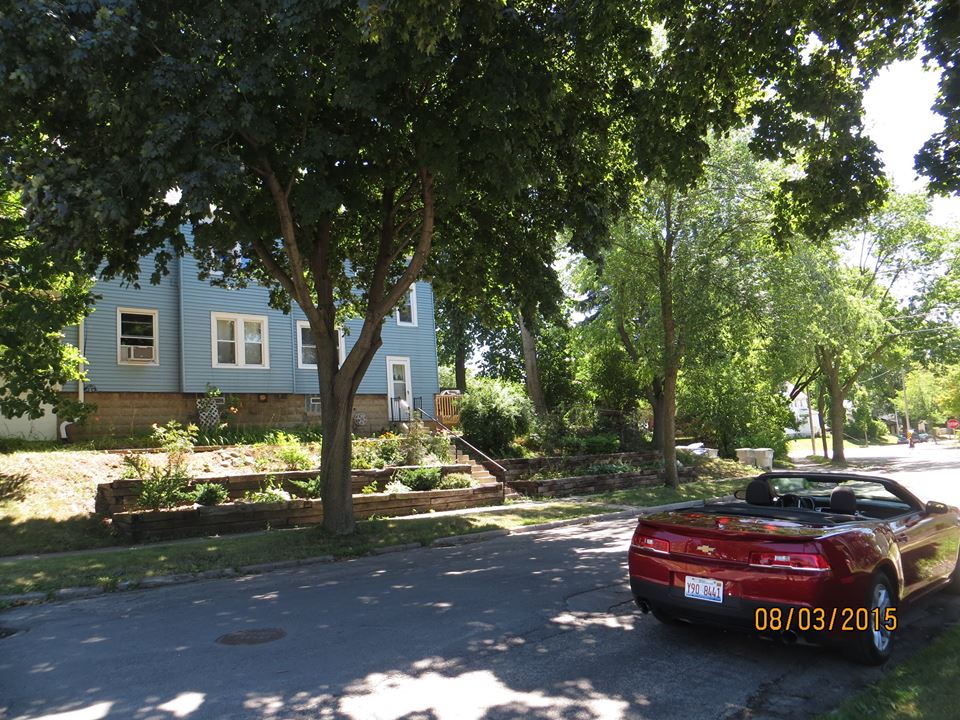One of the last intact maple-basswood forest in Milwaukee county was about to be made into a parking place for trucks back in 1972. The County bought it and preserved it as Cudahy Nature Preserve. It is only around 40 acres, but it had managed to avoid the ax for a couple hundred years, so it had the trees, soils and some natural communities intact.
I started to go out there before it was a park. I have a relationship with it long term. I went out there and walked around the day after my mother died in 1972. My cousin Ray Karshna used to live across the street, so I would visit him and then look in on the forest. It is thick and dark. Deep shade trees like maples and basswood are dominant. There are some oaks, but mostly near the edges. Milwaukee is a very interesting ecological region. The range of beech trees extends only about a mile inland from Lake Michigan. The Cudahy Forest is just a little too far inland.
My other pictures show Lake Michigan at Grant Park. And the sugar maple brewery on Lincoln Avenue. Interestingly, the logo shows the seeds of a Norway maple, not a sugar maple.

